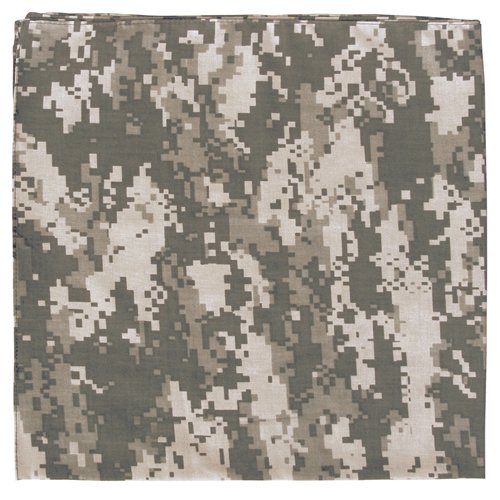
The Canadian Forces originally developed the pattern called CADPAT, on which MARPAT was based. In World War II, German troops used various patterns similar to the current German Flecktarn, which involved similar small dabs of color on a uniform to provide camouflage. The concept of using miniature swatches of color as opposed to large splotches is not new.

Henley, John Joseph Heisterman, Jr., Luisa DeMorais Santos, Gabriel R. MARPAT was designed by Timothy O'Neill, Anabela Dugas, Kenneth G. Marine showcasing the MCCUU in woodland MARPAT in 2001 Marine Corps restricts use of the camouflage, preventing its use in most other divisions of the United States military with the exception of some elements of the U.S. We want them to see us coming a mile away in our new uniforms." As such, the U.S. This was demonstrated by a Marine spokesman at the launch of MARPAT, who stated: "We want to be instantly recognized as a force to be reckoned with. MARPAT was also chosen because it distinctively identifies its wearers as Marines to their adversaries, while simultaneously helping its wearers remain concealed. By regulation, the pattern and items incorporating it, such as the MCCUU and ILBE backpack, are to be supplied by authorized manufacturers only and are not for general commercial sale, although imitations are available such as " Digital Woodland Camo" or " Digital Desert Camo". The United States government has patented MARPAT, including specifics of its manufacture. It is also known as the "digital pattern" or "digi-cammies" because of its micropattern (pixels) rather than the old macropattern (big blobs). In theory, it is a far more effective camouflage than standard uniform patterns because it mimics the dappled textures and rough boundaries found in natural settings. The pattern is formed of small rectangular pixels of color. Its design and concept are based on the Canadian CADPAT pattern.

MARPAT (short for Marine pattern) is a multi-scale camouflage pattern in use with the United States Marine Corps, designed in 2001 and introduced from late 2002 to early 2005 with the Marine Corps Combat Utility Uniform (MCCUU), which replaced the Camouflage Utility Uniform.

A 2003 drawing showcasing the Marine Corps Combat Utility Uniform in desert and woodland camouflage variants


 0 kommentar(er)
0 kommentar(er)
